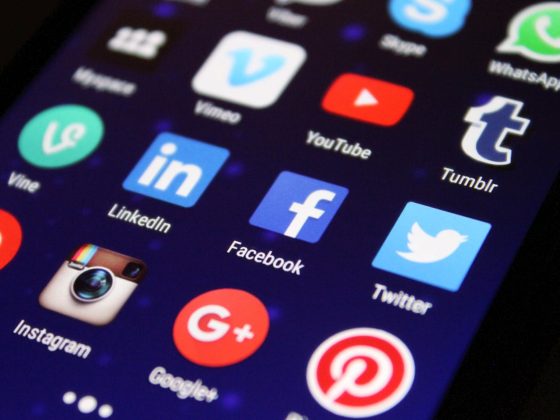Born between the middle of the 1990s and the beginning of the 2010s are known by the title of Gen-Z. They are the first generation who grew up fully involved in social media and technology. They are also known by the term “digital natives”.
This generation, which makes up about 26% of the global population, is valued for its openness, variety, and social awareness. Social media has an evident influence on their purchasing decisions, and on the professional front, Gen-Z is revolutionizing how we approach work.
Marketers should keep in mind that targeting Gen-Z is different from marketing to any other generation. They stand for a new era in the interactions between brands and consumers, one in which relevance and authenticity are essential.
What Makes Marketing Targeting Generation Z Unique?
As we know every generation creates its own identity that sets them apart from its ancestors. The fact that Gen-Z is the first generation of real digital natives, makes them unique and different from others and that is why marketing to them is also different. Marketers should be aware that the earliest memories of Gen-Z are associated with web games and viral social media material. They most likely used a laptop or tablet to take notes in class. These days nearly half of them use social media for more than four hours. Even if the content they access is free they understand that advertising funds are necessary to make it all possible. They are the most observant people you will ever see.
What Marketers Need To Know
Marketing to Gen-Z can become a challenge for marketers as they are different from other buyers. There are certain things that markers need to keep in mind if they have to target Gen-Z.
Staying updated
Gen-Z was raised in the age of technology, so they are quite skilled at interacting with it online. These people are constantly updated and interact with advertisements, so they can easily identify fake or irrelevant content.
Attention spans
Gen Z’s attention spans are getting shorter due to information being flooded. Marketers must give information that is valuable and rapidly sparks their interest.
Different platforms
Gen Z uses a variety of social media sites, each with unique characteristics. Marketers need to use a different strategy for each platform.
Social awareness
One thing that marketers need to know is that environmental and social issues are very important to Generation Z. Customers are more likely to support companies that share their beliefs and make a good difference in the world.
Authenticity
Being relevant and honest is important to Gen-Z. They are more likely to support real, friendly brands since they can easily see attempts at inauthentic marketing.
Experience over ownership
Experiences are more important to this generation than material belongings. The main objective of marketers should be building brand communities and producing memorable experiences.
Visual Content
Gen Z is highly attracted to visuals and believes in fast-to-consume content. They prefer convenience if they are buying something. Long-form text is less successful than short-form films, pictures, and infographics. They understand that in this fast-paced world, people have less time to read long details.
Dominance of mobile
Marketing teams should know that the majority of Gen-Zers use phones to access the internet. The use of mobile devices is essential to targeting this demographic.
Impact of influencers
Brands may increase their credibility and connect with their target audience by working with relevant influencers. Gen-Z are mostly into influencers and their lifestyles so their suggestions are more likely to be trusted than traditional advertising.
Conclusion
Gen Z buyers are in good majority and they are only rising. This generation seeks personalized experiences in contrast to earlier generations. They prioritize social responsibility and authenticity and have a strong connection to technology. Marketers need to adopt digital channels, provide captivating visual material, and establish genuine brand identities to effectively attract this population.
Image Source: pexels.com










